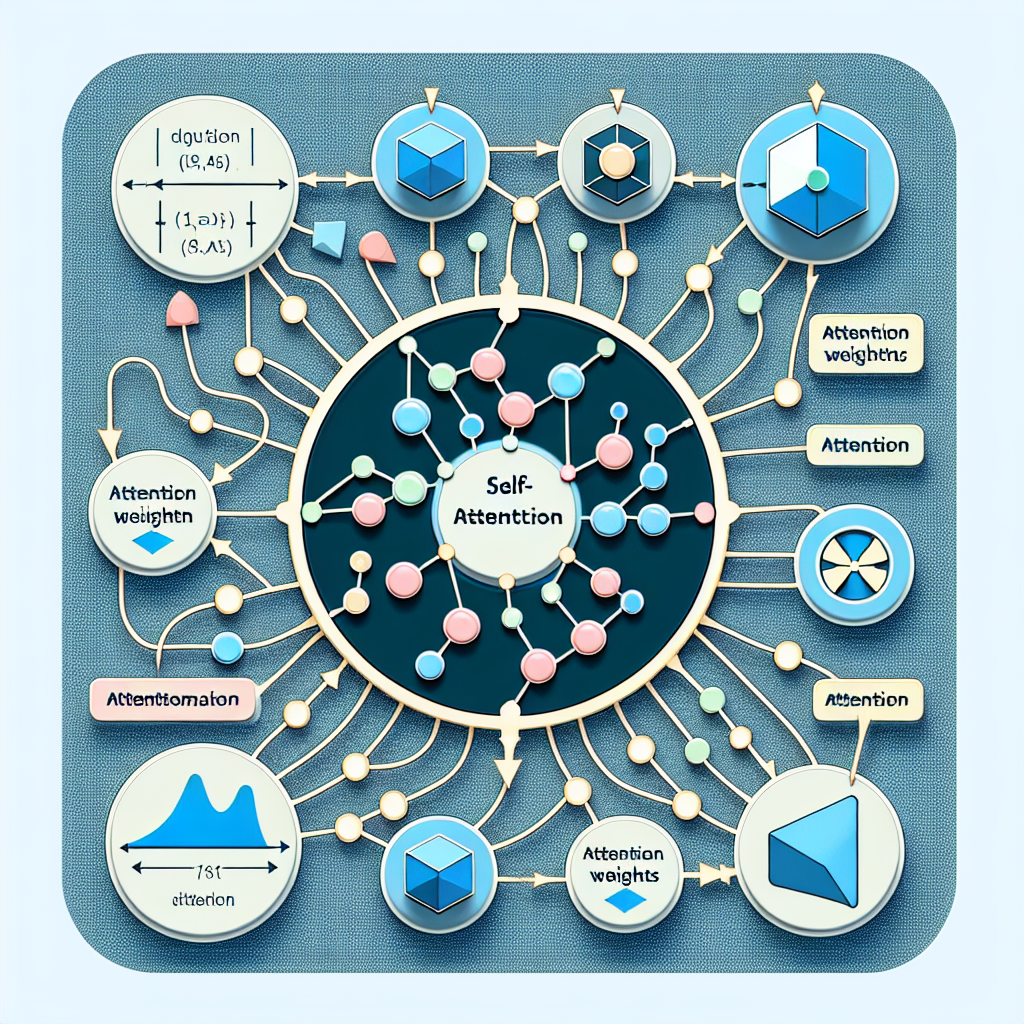Confidence Interval
What exactly is a confidence interval?
A confidence interval is a statistical tool used to estimate the range within which a population parameter, such as the mean or proportion, is likely to fall. Instead of providing a single value, it presents a range along with a confidence level that indicates how certain we are that the true parameter lies within that range.
Confidence intervals are typically expressed with confidence levels such as 90%, 95%, or 99%. These percentages represent the probability that the calculated interval contains the actual population parameter. For instance, a 95% confidence interval suggests that if the same sampling process were repeated multiple times, the true parameter would fall within the estimated range in 95 out of 100 cases.
The calculation of a confidence interval depends on the type of data and the statistical method used. For estimating a population mean with a known standard deviation, the confidence interval is commonly determined using the following formula:
Where:
- xˉ is the sample mean
- Z is the critical value from the standard normal distribution corresponding to the confidence level
- σ is the population standard deviation
- n is the sample size
Table of Contents
- Understanding Confidence Intervals
- Applications of Confidence Intervals
- Importance of Confidence Intervals
- Implementing Confidence Intervals in Python
- Conclusion
When the population standard deviation (σσ) is unknown and the sample size is small, the t-distribution is often used instead of the normal distribution for calculating confidence intervals.
A confidence interval provides a range within which the true population parameter is likely to fall, given a specified confidence level. It helps account for variability in sampling, offering a more comprehensive estimate than a single value.
Example: Variation in Estimates
Suppose a survey is conducted on television-watching habits among 100 individuals from the UK and 100 from the US. Both groups report an average of 35 hours of TV viewing per week. However, responses from the British participants vary significantly, while the American participants show more consistent viewing habits.
Although both groups have the same mean estimate, the confidence interval for the UK group will be wider due to the greater spread in responses, while the US group's confidence interval will be narrower due to lower variability. This illustrates how data dispersion affects the width of confidence intervals.

Most statistical programs will include the confidence interval of the estimate when you run a statistical test.
If you want to calculate a confidence interval on your own, you need to know:
- The point estimate you are constructing the confidence interval for
- The critical values for the test statistic
- The standard deviation of the sample
- The sample size
Once you know each of these components, you can calculate the confidence interval for your estimate by plugging them into the confidence interval formula that corresponds to your data.
Confidence Interval for the Mean of Normally Distributed Data
When data follows a normal distribution, it forms a bell-shaped curve with the sample mean positioned at the center, and the remaining data points symmetrically distributed around it.
For data that adheres to a standard normal distribution, the confidence interval can be determined using the following formula:

Where:
- CI = the confidence interval
- X̄ = the population mean
- Z* = the critical value of the z distribution
- σ = the population standard deviation
- √n = the square root of the population size
For the t-distribution, the confidence interval is calculated using the same formula as for the normal distribution, but with t∗ replacing Z∗.
In practical applications, the true population parameters are typically unknown unless a full census is conducted. Instead, sample data is used as an estimate, modifying the formula accordingly.

Where:
- ˆx = the sample mean
- s = the sample standard deviation
Applications of Confidence Intervals
Confidence intervals are widely utilized across various disciplines to draw statistical inferences and support decision-making. Some key applications include:
- Estimating Population Parameters:
- Mean: Confidence intervals are commonly used to estimate population means. For instance, researchers might use a sample to determine the average height of individuals in a given population.
- Proportion: These intervals help estimate population proportions, frequently applied in surveys to determine the percentage of people exhibiting a particular trait.
- Medical Research:
- In clinical studies, confidence intervals are used to evaluate the effectiveness of treatments. For example, they may help estimate the difference in mean blood pressure before and after administering a new drug.
- Market Research:
- Businesses leverage confidence intervals to estimate key parameters such as customer satisfaction levels, market share, and average sales, providing valuable insights for strategic planning.
- Quality Control:
- Confidence intervals are employed in manufacturing to assess production process variability and ensure that products meet quality standards.
- Economics and Finance:
- They are used to estimate economic metrics like average household income or unemployment rates. In finance, confidence intervals help predict expected investment returns and assess financial risks.
In essence, confidence intervals provide a structured way to quantify uncertainty, enhancing decision-making across various fields.
Significance of Confidence Intervals
Confidence intervals play a fundamental role in statistical analysis by offering a range within which the true population parameter is likely to lie. Their importance can be summarized as follows:
- Precision in Estimation:
- Rather than relying on a single value, confidence intervals provide a range, reflecting the inherent uncertainty in statistical estimation and allowing researchers to understand the degree of precision in their findings.
- Measuring Uncertainty:
- By quantifying variability, confidence intervals illustrate how sample estimates might fluctuate if data collection were repeated, helping gauge the reliability of results.
- Aiding Decision-Making:
- Decision-makers can use confidence intervals to assess the likely range of values for a population parameter, making more informed and data-driven choices.
- Comparing Groups or Treatments:
- When evaluating differences between groups or treatments, confidence intervals help determine statistical significance. Non-overlapping confidence intervals suggest a meaningful difference between groups.
- Enhancing Interpretability:
- Compared to p-values, confidence intervals offer a more intuitive way to interpret results. They clearly present both the estimate and its potential variation, making statistical findings more accessible to non-experts.
Implementation of Confidence Interval in Python
import numpy as np
from scipy import stats
# Set a random seed for reproducibility
np.random.seed(42)
# Generate random data following a normal distribution
# Mean (loc) = 30, Standard deviation (scale) = 5, Number of samples (size) = 100
data = np.random.normal(loc=30, scale=5, size=100)
# Calculate the sample mean
sample_mean = np.mean(data)
# Calculate the sample standard deviation (ddof=1 for an unbiased estimator)
sample_std = np.std(data, ddof=1)
# Define the confidence level (e.g., 95%)
confidence_level = 0.95
# Calculate the critical value (z-score) for the confidence level
# stats.norm.ppf returns the inverse of the cumulative distribution function (CDF) for a given probability
critical_value = stats.norm.ppf((1 + confidence_level) / 2)
# Calculate the margin of error
margin_of_error = critical_value * (sample_std / np.sqrt(len(data)))
# Calculate the confidence interval
confidence_interval = (sample_mean - margin_of_error, sample_mean + margin_of_error)
# Display the results
print(f"Sample Mean: {sample_mean:.2f}")
print(f"Sample Standard Deviation: {sample_std:.2f}")
print(f"Critical Value (Z-score): {critical_value:.2f}")
print(f"Margin of Error: {margin_of_error:.2f}")
print(f"Confidence Interval ({confidence_level * 100}%): {confidence_interval}")
# Additional verification (optional)
print("\nConfidence Interval Calculation Details:")
print(f"Lower Bound: {sample_mean - margin_of_error:.2f}")
print(f"Upper Bound: {sample_mean + margin_of_error:.2f}")
Conclusion
Confidence intervals serve as an essential statistical tool, offering a range within which the true population parameter is likely to fall, accompanied by a specific confidence level. Their value lies in conveying both the estimated value and the degree of uncertainty, providing a more comprehensive understanding of statistical results.
Key takeaways regarding confidence intervals include:
- Precision in Estimation: Instead of a single-point estimate, confidence intervals provide a range, allowing researchers and decision-makers to assess data variability and better approximate the true population parameter.
- Measuring Uncertainty: Confidence intervals quantify the level of uncertainty in sample estimates, statistically defining the range where the actual population parameter is expected to be found.
- Informed Decision-Making: By offering a broader perspective on data, confidence intervals support decision-making processes, enabling users to evaluate both practical significance and the reliability of an estimate.
- Comparing Groups and Making Inferences: Confidence intervals play a crucial role in group comparisons and statistical inference. When intervals do not overlap, it may indicate a significant difference between groups, whereas overlapping intervals suggest less distinction.
- Effective Communication of Findings: Confidence intervals present statistical results in a clear and interpretable format, making them accessible even to those without extensive statistical knowledge.
In conclusion, confidence intervals contribute to sound statistical analysis by fostering transparency, supporting informed decision-making, and improving the interpretation of sample variability. When applied correctly, they enhance the reliability and credibility of statistical conclusions across various disciplines.
Featured Blogs

BCG Digital Acceleration Index

Bain’s Elements of Value Framework

McKinsey Growth Pyramid

McKinsey Digital Flywheel

McKinsey 9-Box Talent Matrix

McKinsey 7S Framework

The Psychology of Persuasion in Marketing

The Influence of Colors on Branding and Marketing Psychology

What is Marketing?
Recent Blogs

Part 8: From Blocks to Brilliance – How Transformers Became Large Language Models (LLMs) of the series - From Sequences to Sentience: Building Blocks of the Transformer Revolution

Part 7: The Power of Now – Parallel Processing in Transformers of the series - From Sequences to Sentience: Building Blocks of the Transformer Revolution

Part 6: The Eyes of the Model – Self-Attention of the series - From Sequences to Sentience: Building Blocks of the Transformer Revolution

Part 5: The Generator – Transformer Decoders of the series - From Sequences to Sentience: Building Blocks of the Transformer Revolution

Part 4: The Comprehender – Transformer Encoders of the series - From Sequences to Sentience: Building Blocks of the Transformer Revolution of the series - From Sequences to Sentience: Building Blocks of the Transformer Revolution


